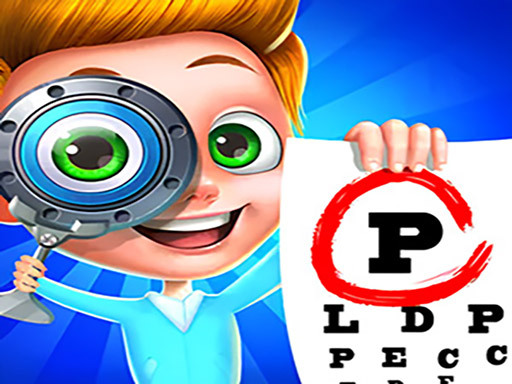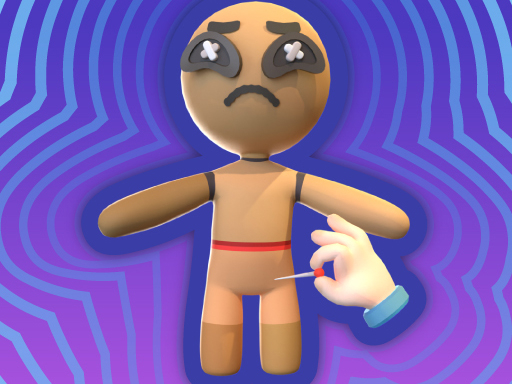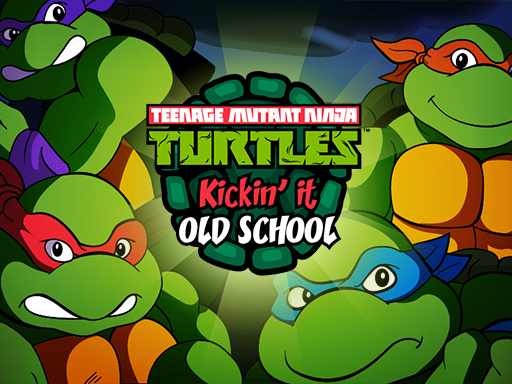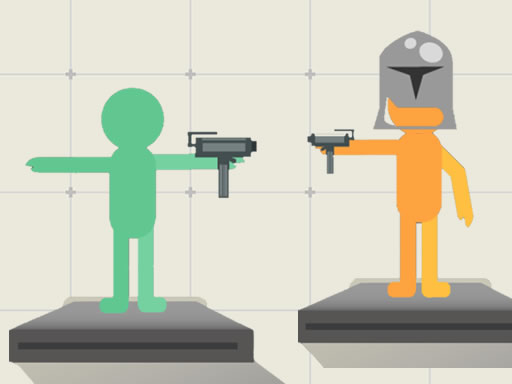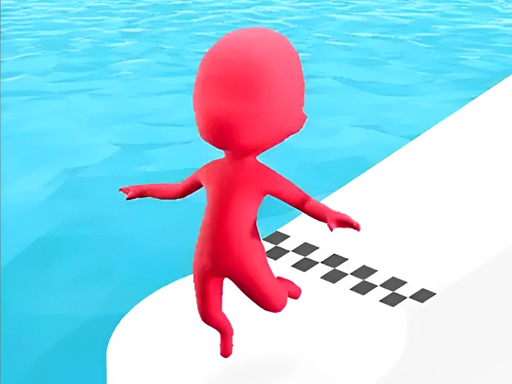One of the biggest advantages of HTML5 games is their accessibility across multiple devices. However, keeping your progress synced when switching between a phone, tablet, or PC can be tricky. Here’s how to ensure you don’t lose your saved data and can continue playing seamlessly.
1. Use Games with Built-in Cloud Save Features
Many modern HTML5 games offer cloud-based saving, allowing you to continue where you left off. Games that support this usually require you to:
- Create an Account – Signing up with an email or linking your Google/Facebook account enables cloud saves.
- Auto-Save to the Cloud – Some games save your progress automatically when you log in.
- Check for Sync Settings – Look for sync or cloud options in the game’s settings.
Popular HTML5 Games with Cloud Save:
- Krunker.io – Syncs stats and skins across devices when logged in.
- ZombsRoyale.io – Saves progress and cosmetics via an account.
- Forge of Empires – A city-building strategy game with cross-device saving.
2. Link Your Progress with Social Media or Email
Some games allow you to sync progress by linking a Google, Facebook, or Twitter account. This method is common in social and multiplayer games, preventing data loss when switching devices.
Steps to Sync via Social Media:
- Log in to the game on your current device using the available social media options.
- On a new device, open the game and select the same login method.
- Your saved progress should load automatically.
3. Use Browser Sync for Local Save Games
If an HTML5 game does not have cloud saves, it likely stores progress in local storage (cache/cookies). Syncing browser data across devices can help maintain progress.
How to Sync Browser Data:
- Chrome: Sign in with a Google account and enable Sync under Settings → Sync and Google Services.
- Firefox: Log in to your Mozilla account and enable Sync for cookies and local storage.
- Edge: Use Microsoft sync features under Settings → Profiles → Sync.
Note: This method works best for games played within the same browser ecosystem. If you clear cookies or switch browsers, you might lose progress.
4. Manually Transfer Save Files
For some single-player HTML5 games, progress is stored as a local save file. If you need to switch devices, you can try manually transferring this data.
How to Find and Transfer Local Saves:
- Locate the Save File:
- On Windows: Check
C:\Users\[YourName]\AppData\Local\Google\Chrome\User Data\Default\Local Storage - On Mac: Check
~/Library/Application Support/Google/Chrome/Default/Local Storage
- Copy the File: Transfer it to the same directory on your new device.
- Load the Game: Your progress should appear if the game reads from local storage.
Warning: Some games encrypt their save files, making manual transfers difficult.
5. Use Third-Party Cloud Backup Services
If a game doesn’t offer cloud saves, you can use cloud backup apps to preserve your progress.
Recommended Cloud Backup Tools:
- Google Drive / Dropbox – Manually upload exported save files from the browser.
- Session Buddy (Chrome Extension) – Saves open game sessions and progress.
- GameSave Manager – Helps manage save data for browser-based games.
Conclusion
Syncing progress in HTML5 games across devices depends on whether the game supports cloud saves, social logins, or browser syncing. If none of these are available, you can try manually transferring save files or using backup services. By following these steps, you can ensure your gaming progress is always up-to-date, no matter which device you play on.
